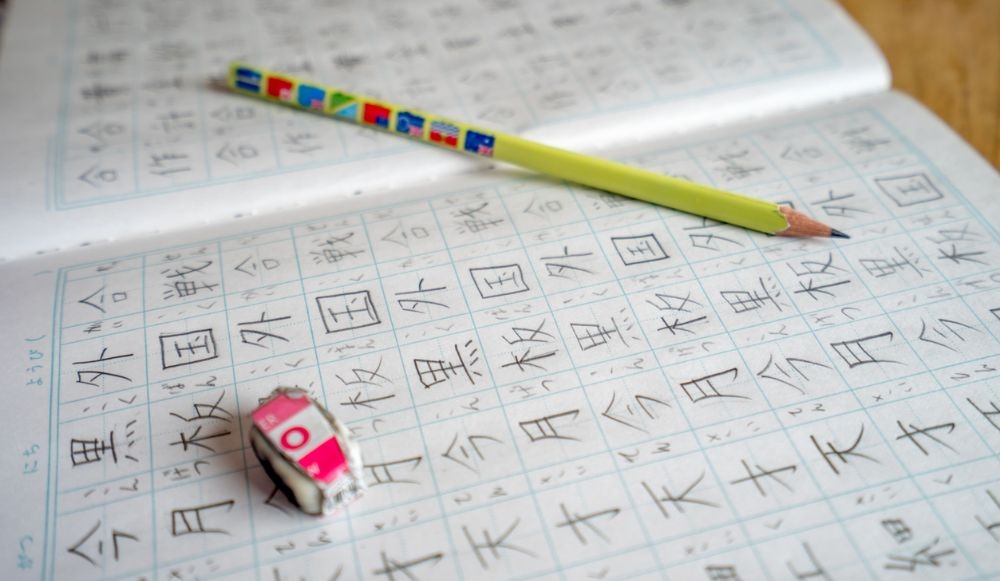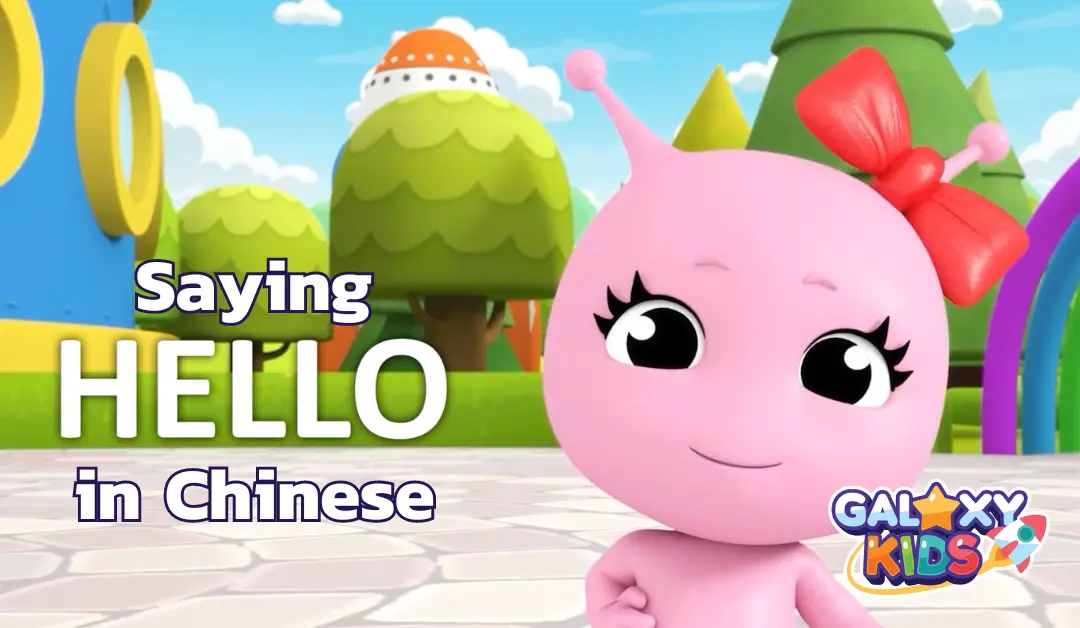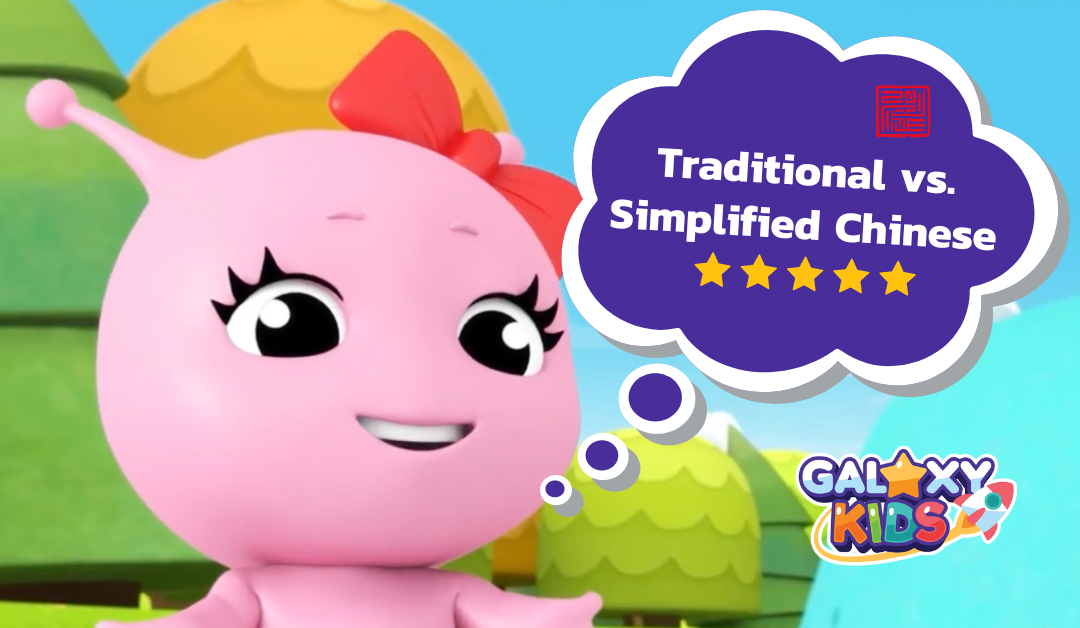Learning Chinese has become increasingly popular in today’s globalized world. However, one crucial decision that language learners often face is whether to focus on simplified or traditional Chinese characters. This choice can significantly impact your learning journey and the opportunities it brings. In this blog post, we’ll explore the factors to consider when deciding between simplified and traditional Chinese, weighing the advantages and disadvantages of each. By the end, you’ll have a clearer understanding of which path aligns with your goals and interests.
Background Information: Before delving into the decision-making process, let’s understand the basics. Simplified Chinese characters emerged in the 20th century as a way to enhance literacy rates in mainland China. They feature fewer strokes and simplified forms compared to their traditional counterparts, making them easier to write and read. On the other hand, traditional Chinese characters have a long historical lineage and retain the original complexity and beauty of the ancient script.
Considerations for Choosing: To make an informed decision, several factors should be considered:
Geographic Factors: One crucial consideration is where the language will be primarily used. Simplified Chinese is the official script in mainland China and is widely used in Singapore. Traditional Chinese, on the other hand, remains prevalent in regions such as Hong Kong, Macau, and Taiwan. If you have specific plans to visit or reside in any of these areas, learning the corresponding script may be advantageous.
Practical Considerations: Practicality plays a significant role in the decision-making process. Simplified Chinese enjoys broader popularity due to its usage in mainland China, home to a vast population and a booming economy. This popularity translates into more accessible learning resources, textbooks, and online materials. Traditional Chinese, while less widespread, still has its own strong foothold in various regions. Availability of resources and learning support should factor into your decision.
Personal Goals and Interests: Your goals and interests also play a vital role in determining which script to pursue. If your primary motivation is career-oriented, learning simplified Chinese may be the pragmatic choice. Proficiency in simplified Chinese is highly valued in international business and trade sectors due to mainland China’s economic influence. However, if you have a deep fascination with Chinese culture, traditional Chinese may be the path to take. It allows for a more profound connection with the country’s rich history, classical literature, and art forms.
Accessibility and Support: Language learning is often more effective when you have access to supportive communities, teachers, and language exchange opportunities. Consider the availability of learning centers, tutors, and local Chinese communities that can provide guidance and practice. These resources may be more abundant for one script compared to the other, depending on your location.
Pros and Cons of Simplified Chinese: Simplified Chinese offers several advantages. Its simplified forms make it easier to learn and master, particularly for beginners. The streamlined characters require fewer strokes, reducing the time and effort needed for writing and recognition. Additionally, simplified Chinese is the official script in mainland China and Singapore, providing a gateway to vast business and cultural opportunities. However, a potential downside is the limited exposure to traditional characters, which are still prevalent in historical texts, literature, and calligraphy.
Pros and Cons of Traditional Chinese: Traditional Chinese characters embody the richness and cultural heritage of the Chinese language. By learning traditional characters, you gain a deeper appreciation for the complexity and beauty of the script. It allows you to engage with classical texts, ancient literature, and traditional art forms. Furthermore, regions like Hong Kong, Macau, and Taiwan primarily use traditional characters. However, the intricate nature of traditional characters
Note: If you have any questions or would like further guidance on supporting your child’s Chinese language learning journey, feel free to reach out to us at [email protected] We are here to assist you every step of the way.







